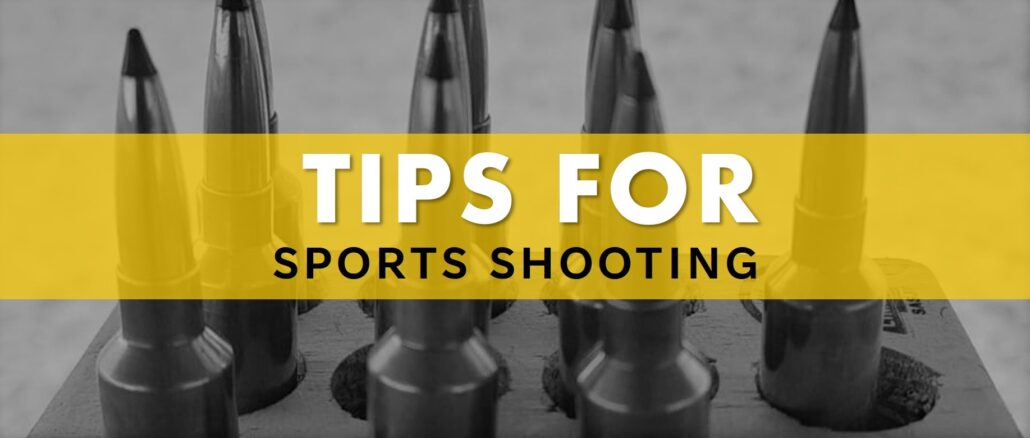
Sports shooting is a captivating and challenging discipline that demands precision, focus, and skill. Whether you’re a beginner or a seasoned shooter, there are always ways to improve your technique and enhance your performance. In this blog post, we’ll explore some essential shooting tips and techniques for sports shooting to help you excel at your next competition.
Basic Tips: Stance, Grip & Sight Alignment
Proper Stance and Balance:
Start with a solid foundation. Stand with your feet shoulder-width apart and your weight evenly distributed, with your left foot slightly forward (if you’re right handed) or your right foot slightly forward (if you’re left handed). This stance helps you absorb recoil and maintain control over your firearm. Many top ranked shooters practice positioning themselves in the same stance over and over so that it becomes habit. When you’re having a good shooting day (shots consistently on target), take note of your stance and try replicate that every time.
Grip and Hand Placement:
Grip the firearm firmly but not too tightly. Your dominant hand should have a high, firm hold on the grip, while your non-dominant hand provides support under the trigger guard. Consistent hand placement is key for accuracy.
Sight Alignment and Focus:
Your eyes should focus on the front sight, with the rear sight and target slightly blurred. Align the sights so that the front sight is cantered and level with the rear sight. Maintain a clear and steady focus on the target, and always remember “equal height and equal light” as demonstrated by the below picture.
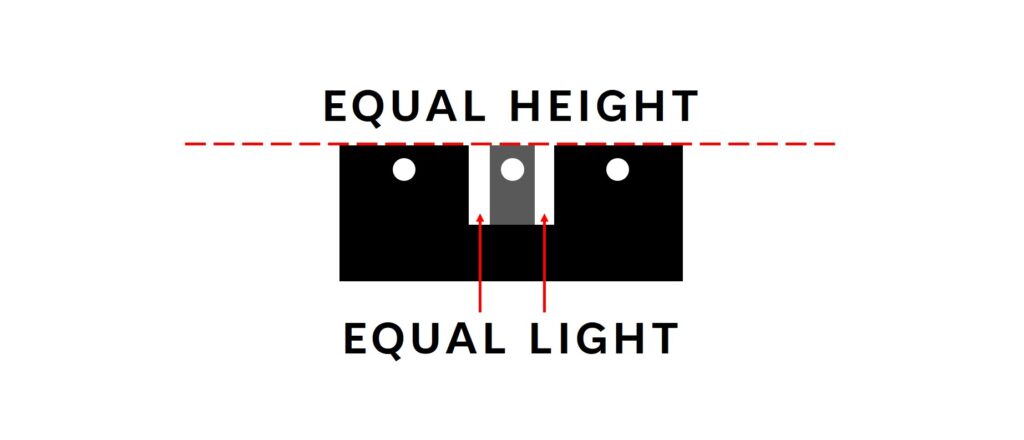
If you find that your shots are not on target, you may not be aligning your sights correctly. There are a number of other factors that affect this too, but start by working on your sight picture. If you’re using iron sights, the below infographic will help you understand where and why your shots land on a specific area of your target. Focus on the front sight, squeeze the trigger, and make sure your sights stay aligned like the centre figure below.
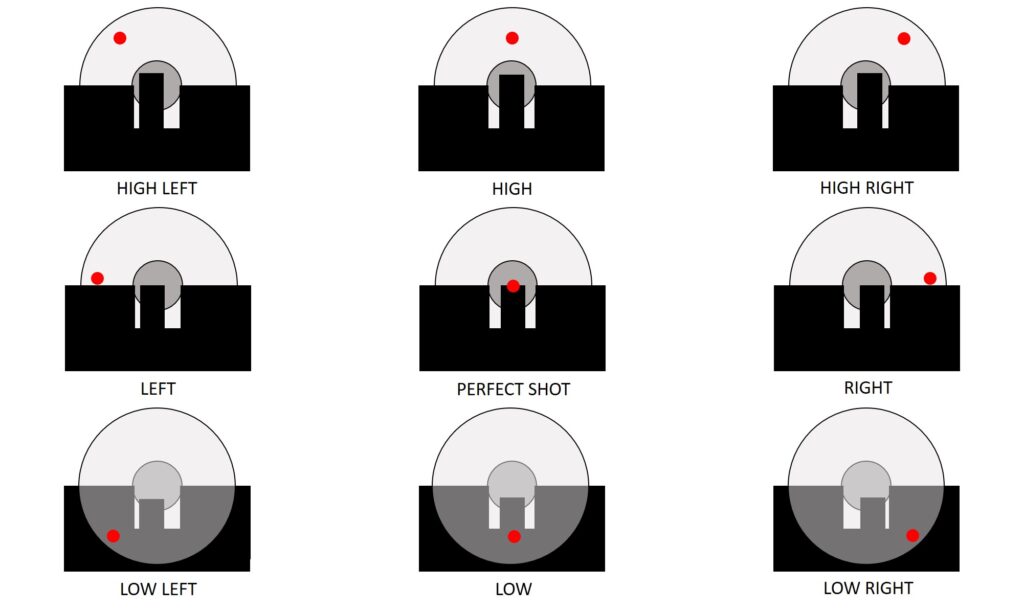
Techniques For Control
Breathing Control:
Control your breathing to minimize movement while aiming and shooting. Take a deep breath, exhale halfway, and hold your breath momentarily as you take your shot. This can reduce the sway of your firearm.
Trigger Control:
Smooth and deliberate trigger control is crucial. Gradually squeeze the trigger while maintaining your sight picture. Avoid jerking or slapping the trigger, as it can lead to inaccurate shots. Also, the trigger should be placed in the middle of the first digit on your index finger.
Follow-Through:
After firing a shot, maintain your aim for a moment before lowering your firearm. This follow-through helps ensure your shot placement remains consistent.
Practice Makes Perfect
Practice Regularly:
Consistent practice is the key to improvement. Spend time at the shooting range, practicing different shooting positions, distances, and scenarios. The more you practice, the more comfortable and skilled you’ll become.
Mental Preparation:
Shooting is as much a mental game as a physical one. Develop mental discipline, focus, and a positive mindset. Visualization techniques can help you mentally rehearse your shots.
Sports shooting is a challenging but rewarding pursuit that requires dedication and practice. By mastering these tips and techniques for sports shooting, you can enhance your shooting skills and enjoy greater success in this exciting sport. Remember, safety and continuous improvement should always be your top priorities. Happy shooting!

Let Us help You With Your Firearm Application
We offer a comprehensive range of services to assist you in obtaining your firearms license. If you’re looking to apply for a Firearms license in South Africa, GUNLINK are specialists in this process. We help you to compile your application, along with your motivation, and ensure that you have all the correct documentation for your submission to SAPS.

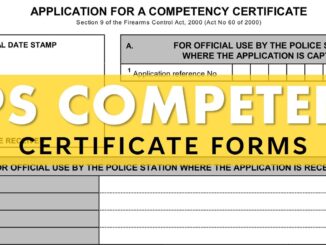

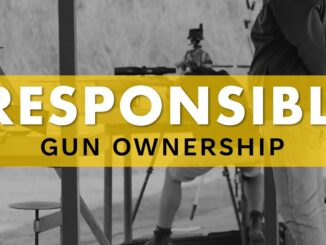
Be the first to comment